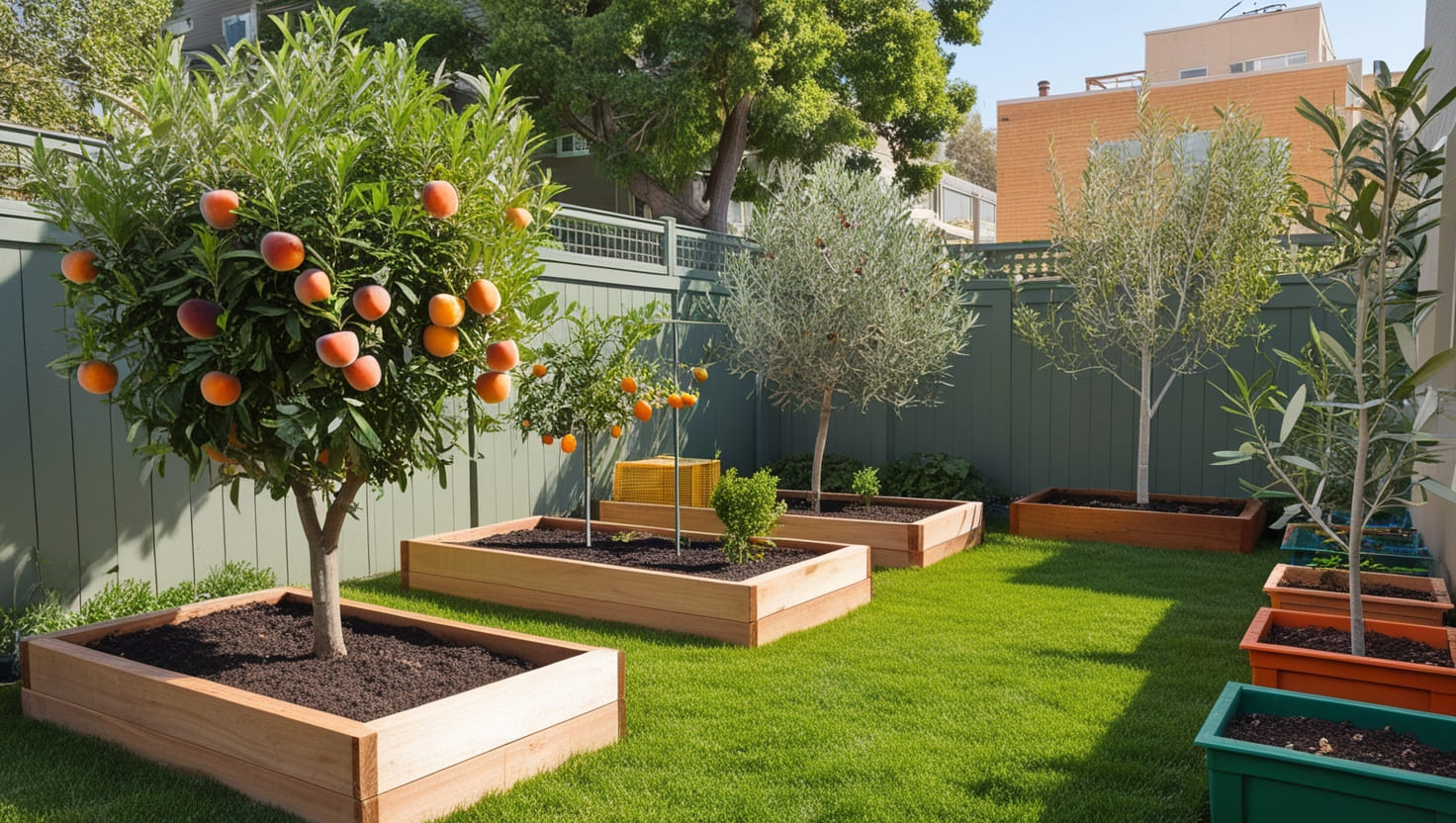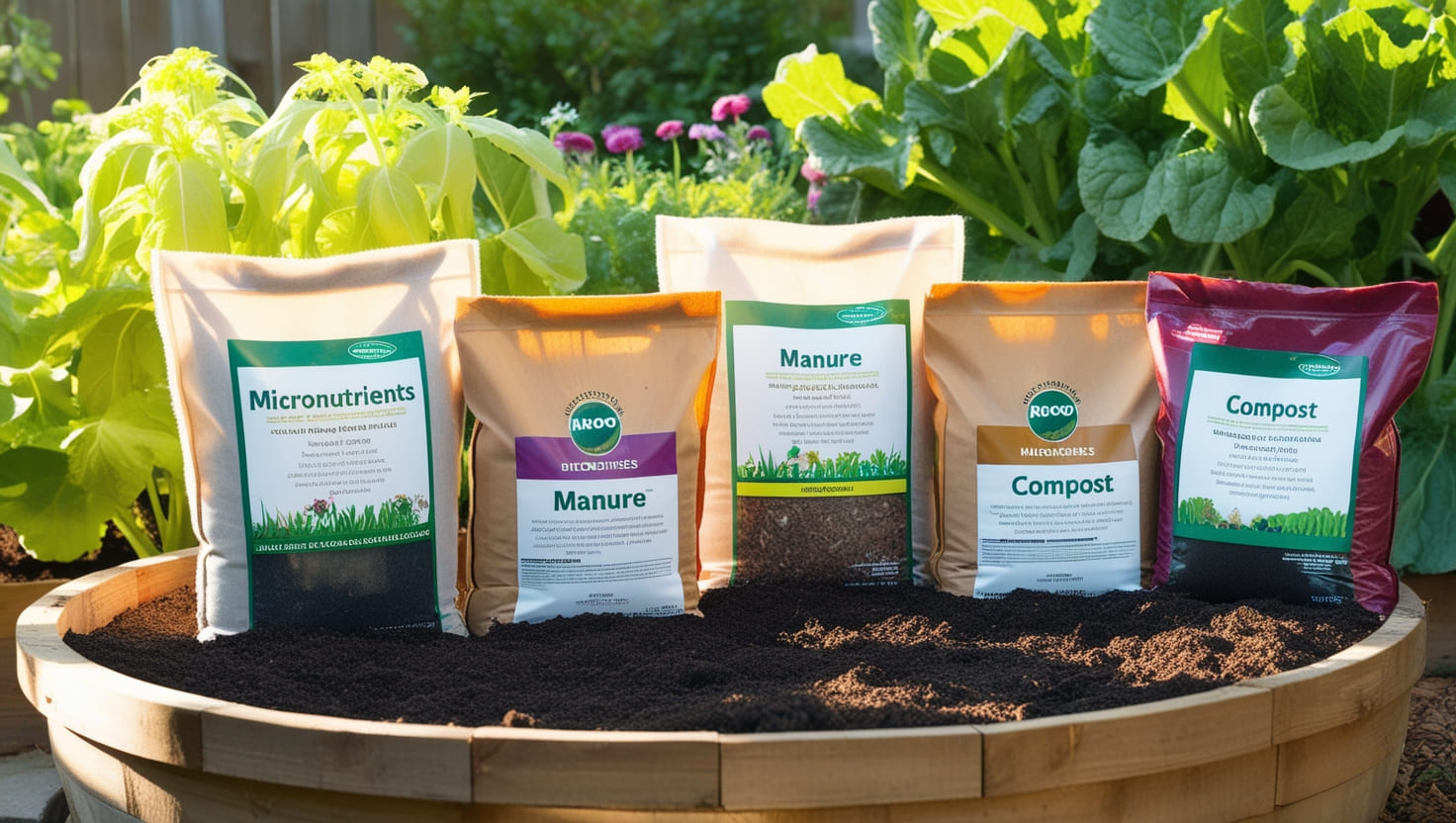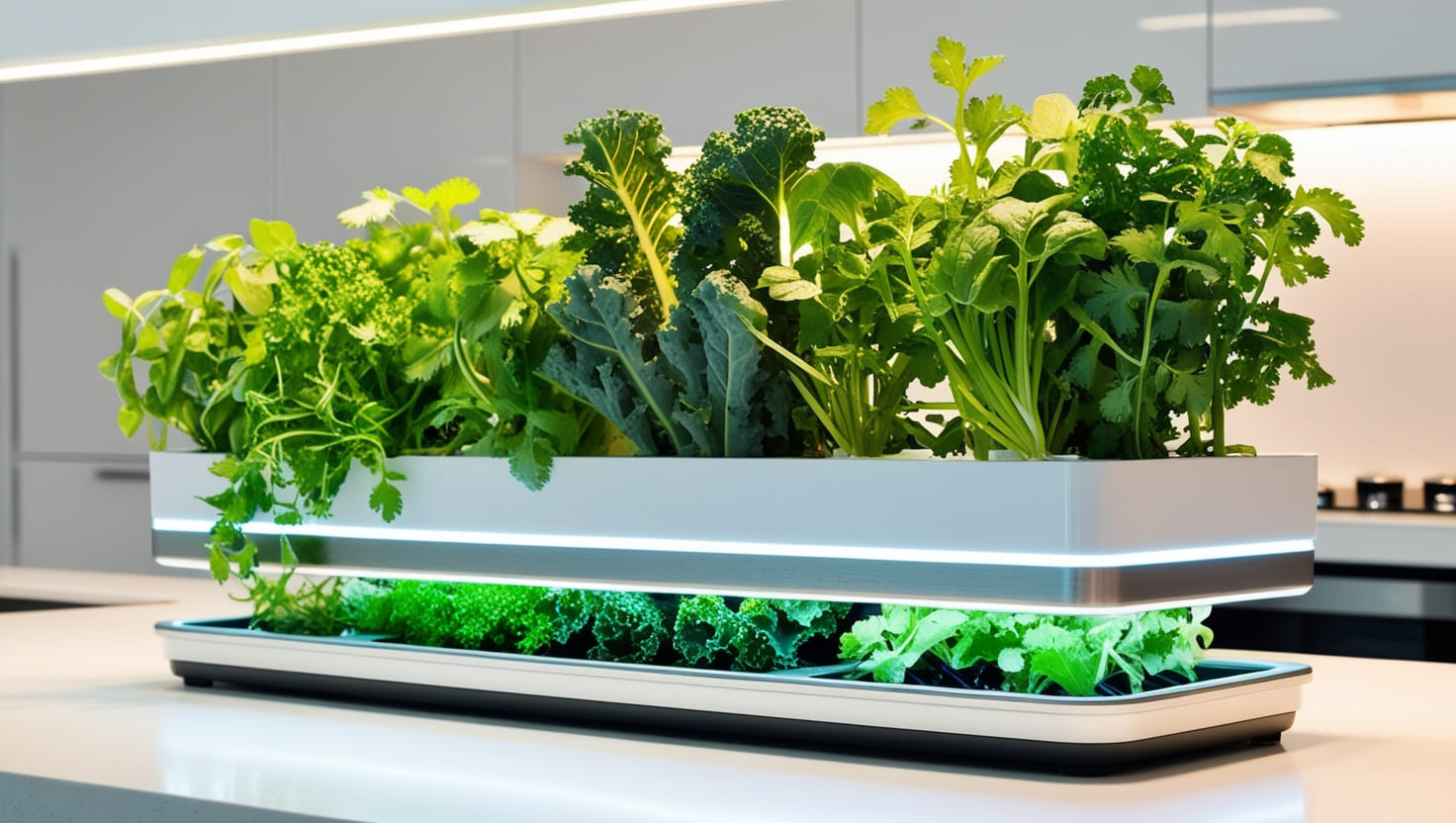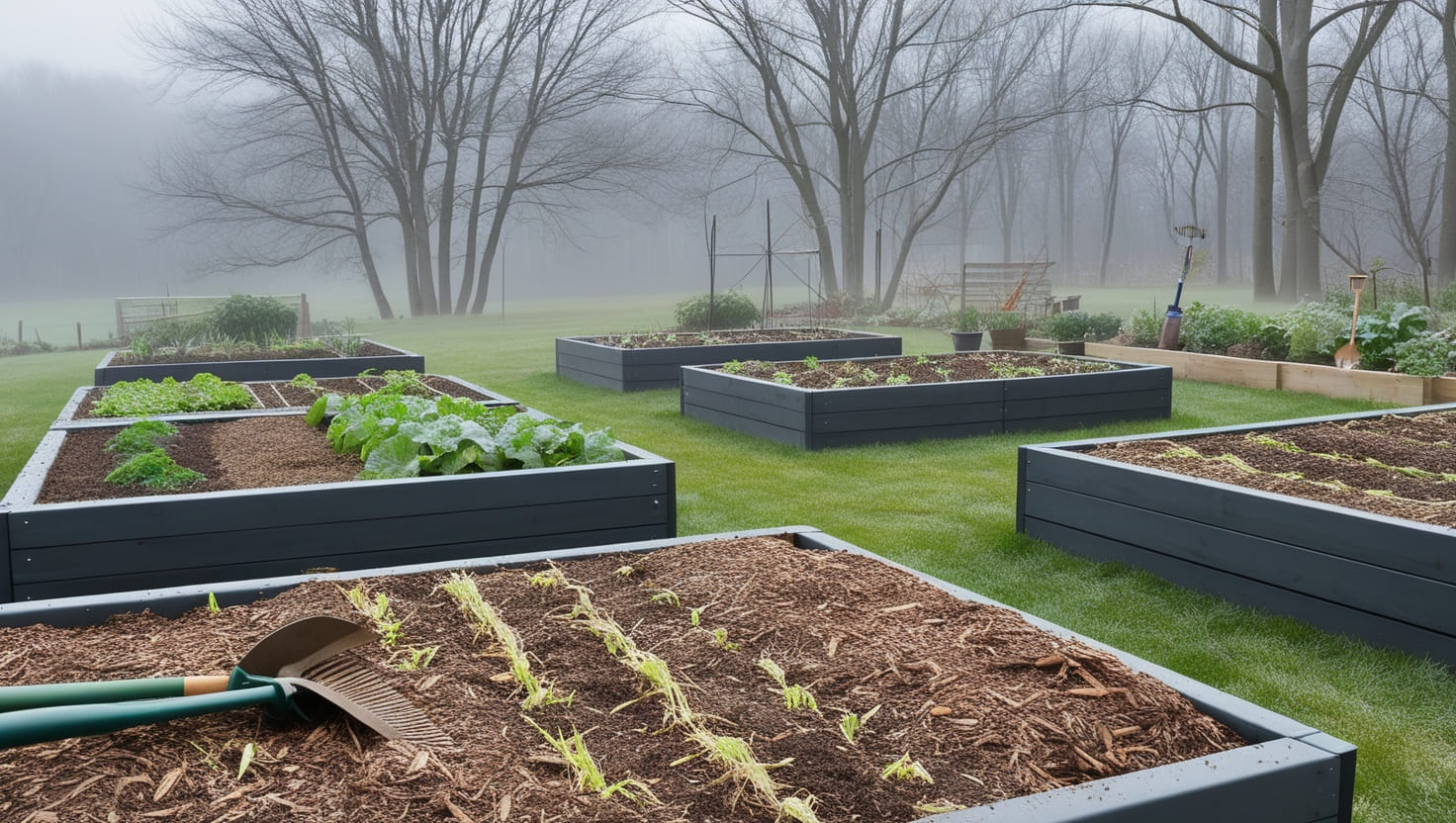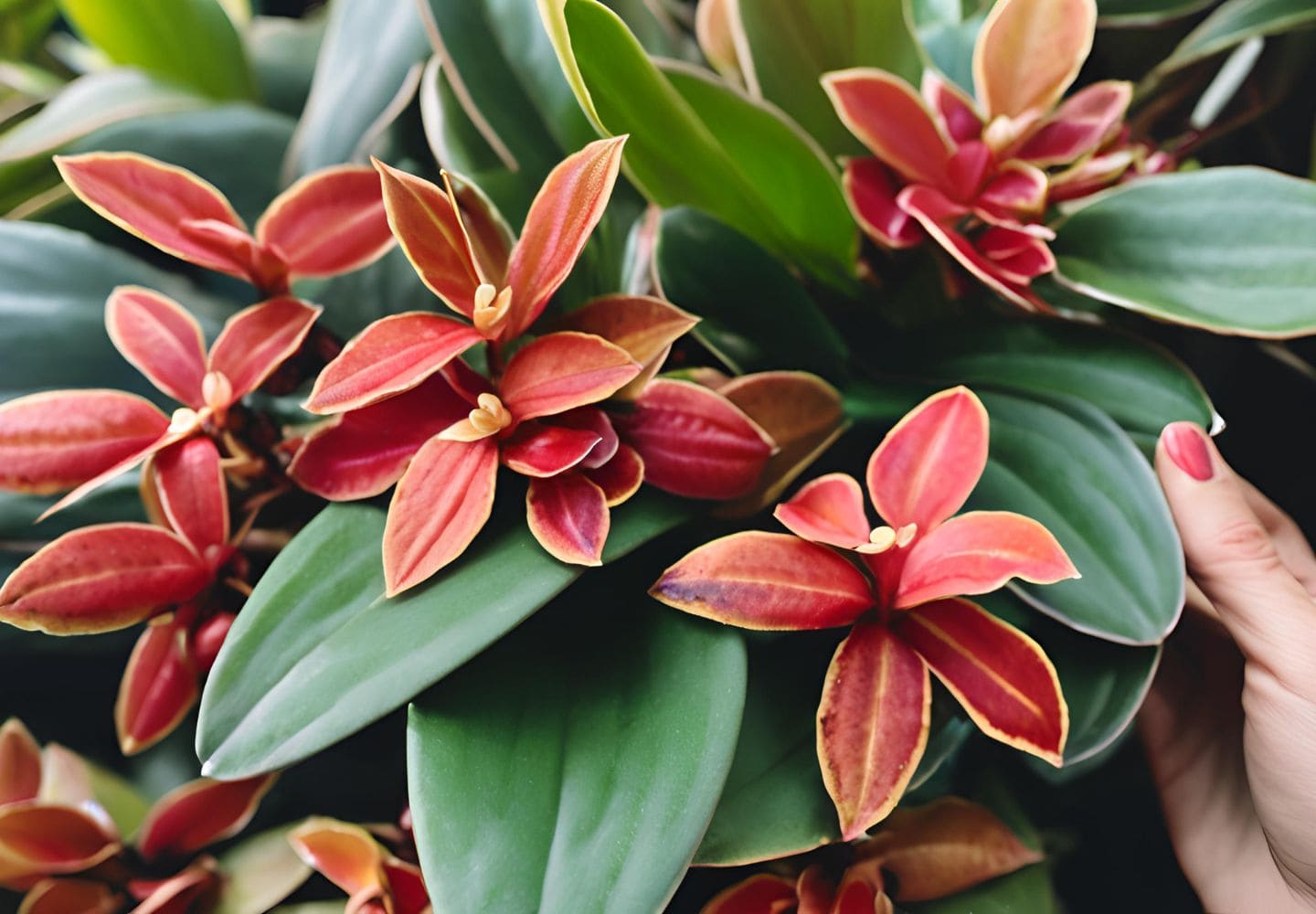
Introduction
What is Jewel Orchid?
How about the unique Jewel Orchid, with bold foliage and delicate flowers that separate them from other orchids. It is unlike many other orchids in that its beauty comes from the velvety leaves, often veined with contrasting colors. In this guide, you will discover all that there is to know about the Jewel Orchid how to grow them at home or in your garden, and what they need from their owners.
Importance and Popularity of Jewel Orchids
Jewel Orchids are not only popular for their looks but also because they tend to thrive in a home more than most other orchid species. Great for beginners and experienced gardeners alike, in our ever constant fight to give a touch of elegance to the plants that we love.
Understanding Jewel Orchid
Origin and History
They are native to the tropical forests of Southeast Asia and belong to what we refer as Jewel Orchids. For many years, they have been valuable not only for their ornamental use but also for treatment in traditional medicine.
Types of Jewel Orchids
One of the well-known types is Ludisia discolor, other sorts incorporate Macodes petola just as Anoectochilus. The leaves are uniquely pigmented and shaped in each variety, so this type of plant can be an interesting group to keep track on.
| Feature | Details |
|---|---|
| Botanical Name | Ludisia discolor |
| Common Names | Jewel Orchid, Ludisia |
| Plant Type | Perennial, Terrestrial Orchid |
| Light Requirements | Low to medium indirect light |
| Watering | Keep soil consistently moist, avoid waterlogging |
| Soil | Well-draining, rich in organic matter |
| Temperature | 60-80°F (16-27°C) |
| Humidity | High humidity (60-80%) |
| Fertilization | Monthly during growing season with balanced fertilizer |
| Propagation | Stem cuttings, division |
| Common Pests | Aphids, spider mites, scale insects |
Ideal Growing Conditions
Light Requirements
Jewel Orchids are low to medium light. Unlike other varieties of orchids, they do not require super bright full sun to bloom; ideal for indoors or covered patios with reduced natural light.
Temperature and Humidity
Miltonia orchids like it when you house them in temperatures of 60-80°F (15-27°C), with abundant humidity. Keeping their life and growth uniform is very important in allowing consistent humidity to move effortlessly through them.
Soil and Potting Mix
It is necessary to grow Boophone amaryllis successfully with well-draining potting mix, typically varying a combination of orchid bark, perlite and sphagnum moss. The blend ought to keep wet however be never coming to its limitation with freshwater.
How to Plant Jewel Orchid
Choosing the Right Pot
Choose a pot with some drainage and preferably in terracotta or ceramic (good for breathability). Make sure the pot is big enough to allow the roots breathe.
Planting Process
Place your Jewel Orchid in the pot and fill around those roots with the sterilized orchid mix. Do not put the plant too deep, as it may rot. Water lightly after planting.
Watering and Fertilizing
Watering Guidelines
Allow the top inch of this jewel orchid to dry out between waterings. Take care not to overwater, as these plants are prone to root rot. Make sure to use filtered water at room temperature.
Fertilization Schedule
During the growing season, feed with a balanced orchid fertilizer every 2-4 weeks. To avoid nutrient burn, cut the fertilizer strength in half.
Pruning and Maintenance
When and How to Prune
To prevent new growth, prune dead or yellowed leaves. Year round for as long as it is required. Sterilize scissors before cutting branches to prevent disease.
Managing Growth and Shape
Pruning helps keep your plant looking neat & tidy, and encourages bushier growth. You could also cut off the tips so that it becomes fuller.
Common Pests and Diseases
Identifying Common Pests
Pest of Jewel Orchids — spider mites, aphid, and mealybugs. Monitor it often by checking for webbing or sticky residue on the plant.
Disease Prevention and Treatment
Fungal and bacterial infections can occur if the plant is kept too wet. Ensure proper air circulation and avoid overwatering to prevent these issues.
Troubleshooting Growth Issues
Yellowing Leaves
Yellow leaves, sign of overwatering or inadequate light. Modify your watering and move this plant to an area with more light if needed.
Lack of Flowers
If you notice that your Jewel Orchid is not blooming, it might be due to low light conditions. Gradually expose the plant to more light, so that you can encourage it into its flowering cycle.
Leggy growth is a tell-tale sign that the plant will be light-starved as well. Bring it closer to a light source for tighter growth.
Learn how to grow flowering Cactus Indoor & Outdoor….Read more
Propagation Techniques
Division:
The easiest way to propagate a Jewel Orchid is by division. The plant can be carefully divided at the roots and each section replanted into a new pot.
Leaf Cuttings:
It is a much more rare form of propagation via leaf cuttings. Stick a healthy leaf cutting inside moist sphagnum moss in order for roots to emerge.
Growing Jewel Orchid Indoors vs. Outdoors
Indoor Care Tips:
Jewel Orchids make great indoor plants although they require ample humidity and light. Humidifier or misting: In drier environments, a humidifier may be necessary.
Considerations for Outdoor Growing:
In more tropical areas Jewel Orchids can be grown on patio or deck shade gardens. Provide some shade and protect them from the extremes of sun traps.
Companion Plants for Jewel Orchids
Best Plants to Pair With:
Ferns and mosses work well with Jewel Orchids. The fusion of both is simply divine and reminds me every single day of the summer, rainforest specials like these are what contribute to my damp surroundings.
Stay Away from Bad Synergy:
Do not plant them with plants that need very different care, like succulents who much prefer dry conditions.
Benefits of Growing Jewel Orchids
Aesthetic Value:
Jewel Orchids rich velvety leaves give a luxurious feel to any plant set. Not to mention they are absolute showstoppers and stand out in any situation.
Air-Purifying Qualities:
Jewel Orchids, much like many of the more common houseplants also help purify indoor air by absorbing toxins and emitting oxygen – creating an even healthier living space.
Essential Tools and Supplies
Tools Necessary for Planting and Maintenance:
Basic tools such as pruning shears, a watering can and humidity meter are necessary for the proper husbandry of Jewel orchids
Brands and Products You May Like:
Look for products from brands that are known to provide great care materials for your orchids (e. g., Miracle-Gro works well with fertilizers, and Fiskars work in terms of pruning tools).
Expert Insights
Tips from Orchid Enthusiasts:
Patience and observation are the two most commonly shared bits of advice by Jewel orchid care enthusiasts. Taking the time to learn what your plant requires of you, and providing care accordingly is essential.
Success Stories / Case Studies:
This means taking into account some case studies which allows growers to better understand how species of Jewel Orchid strive in the environment with controlled humidity and low-light, so copying their natural habitat can probably make a difference.
Future Trends in Orchid Care
New Varieties and Hybrids:
The world of horticulture continues to produce fresh Jewel Orchid hybrids, featuring even more extraordinary foliage patterns and color combinations than before — the developments abound for orchid hobbyists.
Sustainable Growing Practices:
Non-chemically-treated orchids and/or environmentally responsible growers are becoming increasingly popular, leading the way for eco-friendly home-grown made methods (go green!).
Conclusion
Jewel Orchids are a compelling, beneficial addition to the market providing simple care and attractive aesthetics. So if you were keen to witness these exotic orchids in your house or garden, just stick on the guidelines covered in this article.
As long as you take great care of your Jewel Orchids, they will thrive and become a beautiful part of your plant family! Grow your Jewel Orchid today and explore the beauty, charm they have in store.
FAQ.
With proper care, Jewel Orchids can live for several years, with some species thriving for up to a decade.
Yes, Jewel Orchids are well-suited to low-light conditions, making them ideal for indoor growing.
The most distinctive feature of Jewel Orchids is their striking foliage, which comes in various patterns and colors, setting them apart from other orchids.
